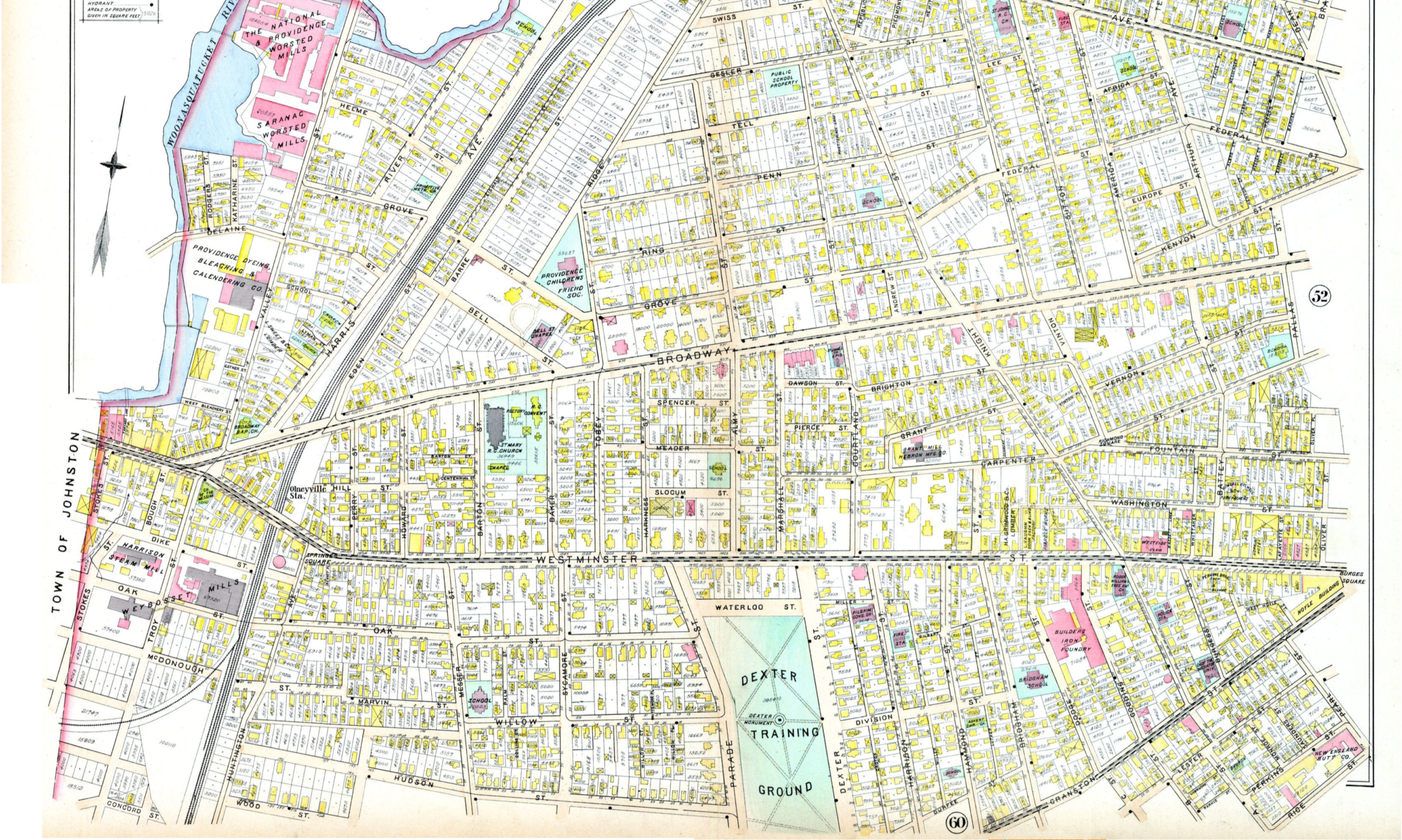Yesterday I wrote about how to cross the street boldly but still safely. But having confidence as a pedestrian doesn’t solve the problems making the streets unsafe. This is a post about that.
Cars are dangerous things. Unfortunately, American development patterns have forced us into dependence on them. The Project for Public Spaces had an article up today critiquing a Vox article about declining traffic deaths in the US. Basically, every other peer country has seen traffic deaths decline significantly more than here, using creative techniques that our archaic street engineering for auto dependence hasn’t figured out yet:
In the UK, 20 mph zones have been steadily growing since the turn of the century, and automated traffic enforcement is saving lives. The Dutch abandoned a street design philosophy based on “forgiving” errant drivers (which America embraced), shifting to an emphasis on walkable, bikeable streets. Japan has perhaps the world’s best transit networks, making driving less necessary. Germany is a pioneer in traffic-calming street design. Sweden, as the Economist recently reported, cut pedestrian fatalities in half over the last five years with a strategy that included low speed limits in urban areas and building 12,600 safer street crossings.
It would be great to see some of these innovations gain more traction in the US. They already are in some places, but the culture of street engineering and transportation funding needs to change.
There are lots of other tools for making streets safer for everyone that urban planners try to get our communities to adopt. Here are a few of them:
- In dense areas, narrow roads, widen sidewalks, and cater the fronts of buildings to pedestrians.
- Make pedestrian crossings shorter by creating bump-outs and pedestrian islands.
- Adjust the balance of transportation funding to provide more for transit.
- Instead of depriving transit of that funding, raise the gas tax and highway tolls to pay for road repairs.
- Change zoning to create much greater density of development. This is what transit needs to work, especially outside of urban centers.
These are just a few fundamental ways to make the world a safer place for human beings in a car-dominated culture. What others can you think of?

